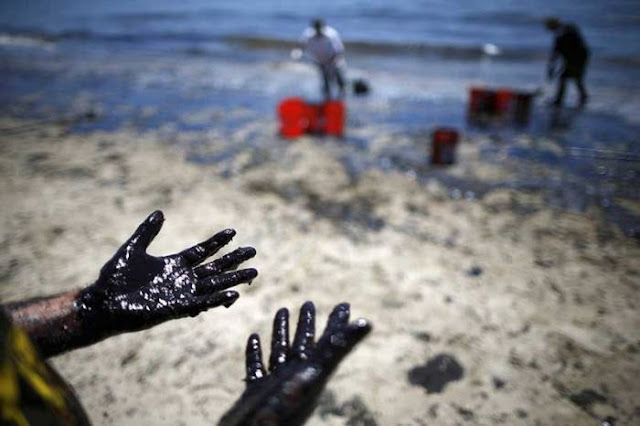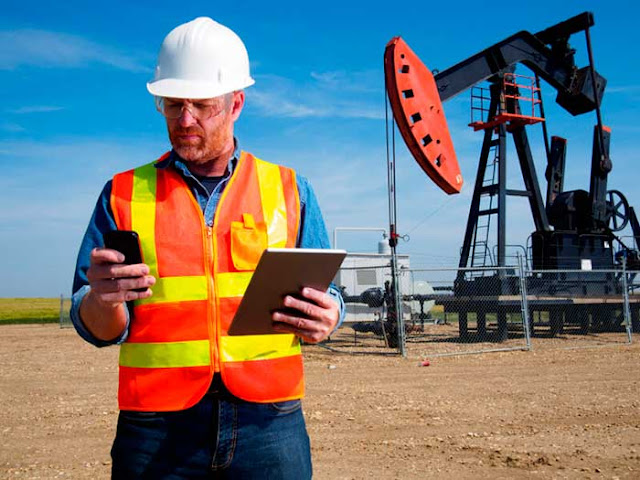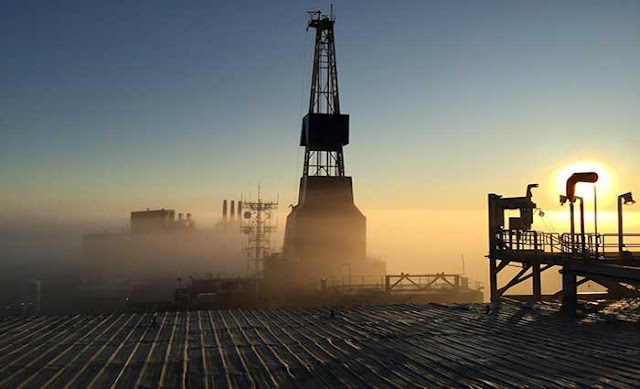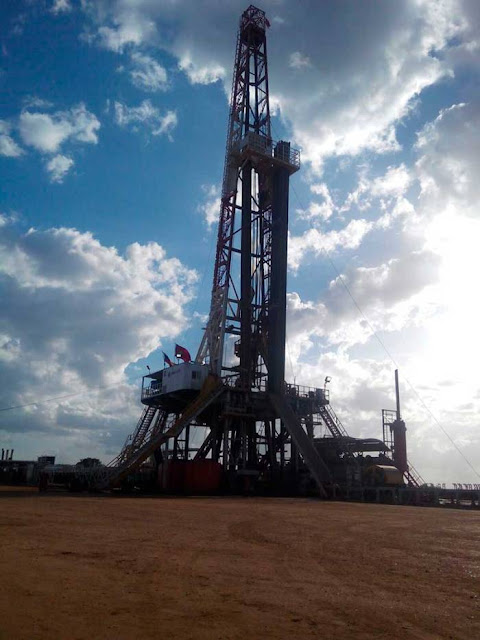Flow Assurance in the Oil Industry
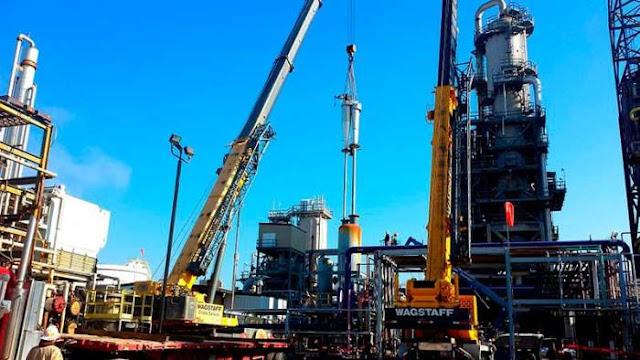
The gas and water injected to stimulate an increase in the extraction and production of oil can produce gas and sediments that alter significantly the life span of the flow lines, process equipments, and production tanks. With the optimization of the implicit processes of oil production, oil’s flow assurance has become a key element to predict, prevent, mitigate, and remove organic and inorganic deposits. This engineer process analyses, secures, and guarantees efficient and economic transportation of hydrocarbons from the fields to the extraction and distribution points. With the support of various disciplines like hydraulic, thermodynamic, chemistry and software engineer, it can be prevented harmful effects like corrosion and erosion that affect the flow and transportation of fluid, which constitutes the heart and soul of oil production. To achieve such end, the content levels of CO2, paraffin deposits, hydrates, asphaltenes and incrustations are analyzed. While the
